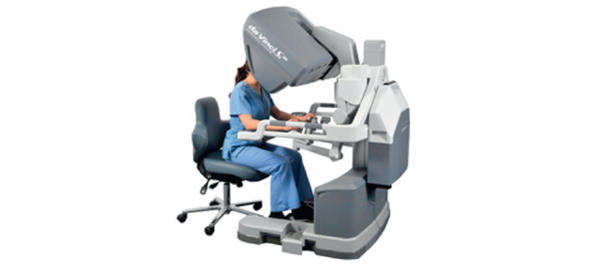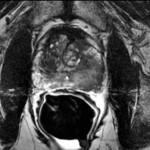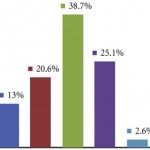Editorial: Robot-assisted radical prostatectomy: getting your ducks in a row!
Robot-assisted radical prostatectomy (RARP) has become the technique of choice for clinically localised prostate cancer. However, marked inter-surgeon heterogeneity and an obvious lack of standardisation exist for the indications and technique of the procedure. In this issue of the BJUI, Ficarra et al. conducted a multinational survey seeking opinion from 145 robotic surgeons about individual practices during RARP. These opinions can be compared against the benchmark set by the Pasadena Consensus and can help gauge the impact of its recommendations.
Responses from 116 (79.4%) invited surgeons were analysed. The authors acknowledge the limited participation of non-European surgeons (17.1%), which may limit validity and application of its results at a global level. Most surgeons were in consensus with the Pasadena recommendations for transperitoneal access (88%), antegrade approach (76%) and bladder neck preservation (77%). The opinions on cautery use for the seminal vesicle/vas deferens dissection (51% athermal; 21% bipolar), athermal nerve-sparing approach (90%) and the use of the running suture technique for urethrovesical anastomosis (96.6%) were also in agreement.
Despite wide surgeon and institutional variability regarding the definition of bladder neck preservation and its role in the return of urinary continence, most preferred to preserve the bladder neck. This may pose difficulty in the interpretation of the results in view of the ambiguity about the definition and technique adopted under the term ‘bladder neck preservation’ (Eur Urol, BJU Int).
Most of the participating surgeons were using anterolateral prostatic fascia dissection (Veil of Aphrodite) towards preserving the cavernous nerves by using an athermal approach. Over the last decade the evolution of robot-assisted surgery, with excellent three-dimensional visualisation, depth perception, and EndoWrist® technology has made working in the confines of the pelvis both ubiquitous and a desired skill.
The present study found that 33% of surgeons omitted the internal iliac lymph nodes (LNs) and removed only obturator, with or without the external iliac LNs. The Pasadena Consensus recommends a template that includes the internal iliac, external iliac and obturator LNs. Mattei et al. in an attempt to map primary prostatic lymphatic ‘landing’ zones found that after performing a standard limited LN dissection (dorsal to and along the external iliac vein; medially along the obturator nerve) only 38% of LNs were removed. They recommended a template that retrieves LNs extending up to the ureteric crossing of the common iliac vessels. Meanwhile, Menon et al. evaluated the role of only internal iliac LN dissection (limited) in patients with a low probability of nodal disease (Partin table prediction 0–1%), and surprisingly found positive LNs in the internal iliac/obturator region 13.7 times more often than in the external iliac/obturator region. One of the issues that could be addressed in future surveys would be to evaluate how surgeons view and adapt to changes in the proposed LN template. The Pasadena Consensus further recommends considering performing LN dissection for the low-risk category based on the D’Amico risk stratification. The surgeon’s indications for pelvic LN dissection were not addressed in this survey.
Despite significant studies, including two randomised controlled trials (RCTs), published in the peer-reviewed literature reporting minimal advantage for early recovery of urinary continence with posterior reconstruction, a significant number of the surveyed surgeons still preferred to perform it. Responses to other questions about the posterior/anterior reconstruction also showed marked variability reflecting the controversial opinion about the value of these surgical steps.
On the other hand, future surveys should gather opinions about the role of RARP for high-risk disease, standardised evaluation of surgical complications; while addressing continence and potency status along with methods of their measurement. These topics were already addressed in the Pasadena Consensus and obtaining opinions of surgeons will further provide insight as to how surgeons adapt to the ever-changing advances in this field.
Over the last decade RARP has gained acceptance despite the absence of high-quality RCTs in robot-assisted surgery. The Pasadena Consensus was meant to meet the need for uniformity and this study educates us on how the surgeons really perform ‘in the trenches’. Until further evidence is available, surgeon experience and institutional volume will remain the main force driving the use of these surgical techniques and their outcomes.
Ahmed A. Aboumohamed and Khurshid A. Guru
Department of Urology, Roswell Park Cancer Institute, Buffalo, NY, USA



